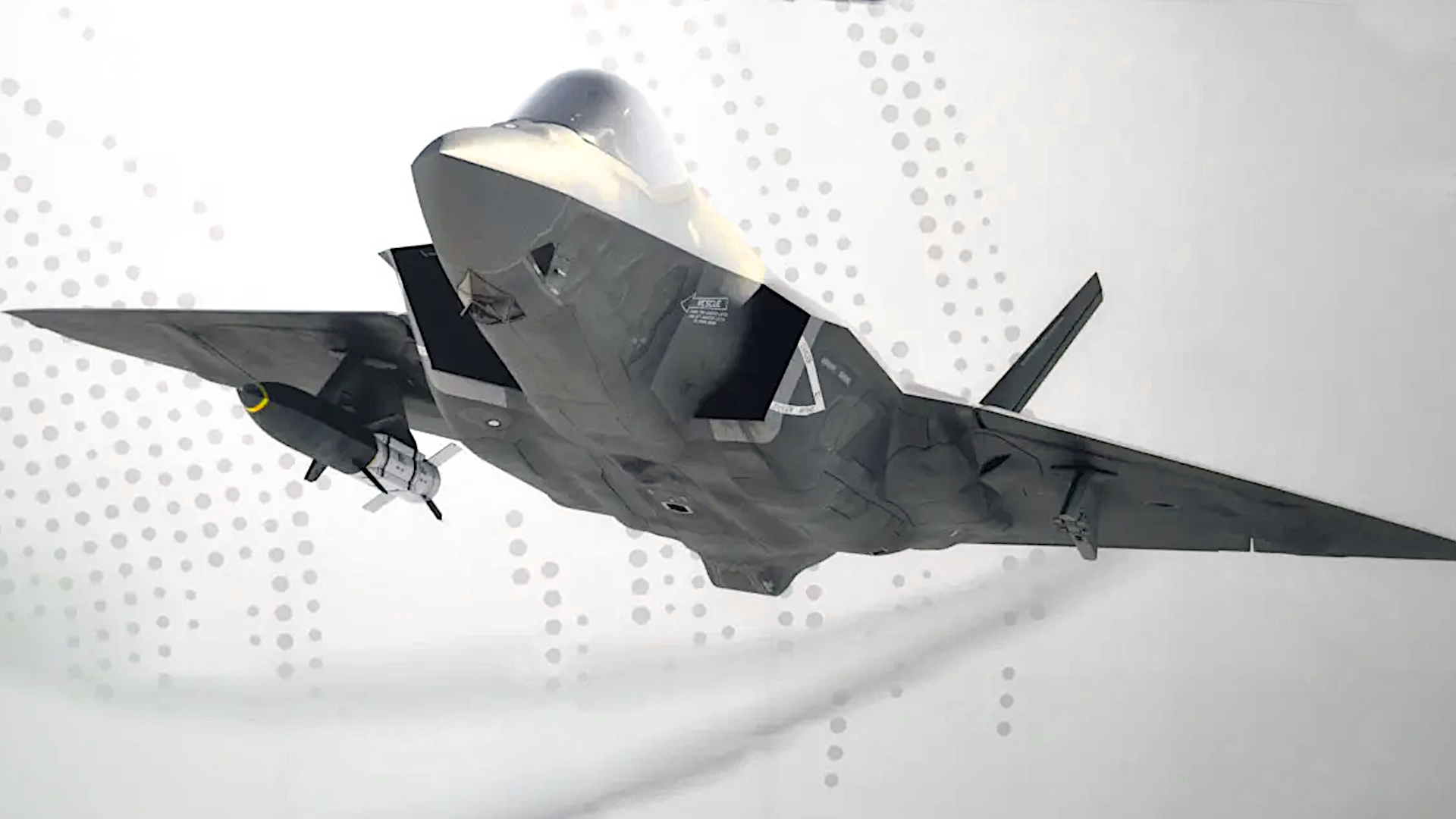The U.S. Navy has awarded separate contracts to Raytheon and Lockheed Martin to design and build competing prototypes to meet its requirement for an air-launched, air-breathing hypersonic anti-ship cruise missile. The service says this weapon is key to addressing increasingly advanced naval threats in contested environments in future major conflicts, such as a potential one against China in the Pacific, and that it must be in service by 2029.
The Navy’s Naval Air Systems Command (NAVAIR) announced the contract awards late on Tuesday. NAVAIR says the deals, which were formally inked on March 27, together have a total combined value of approximately $116 million, but it’s unclear how much each company received.
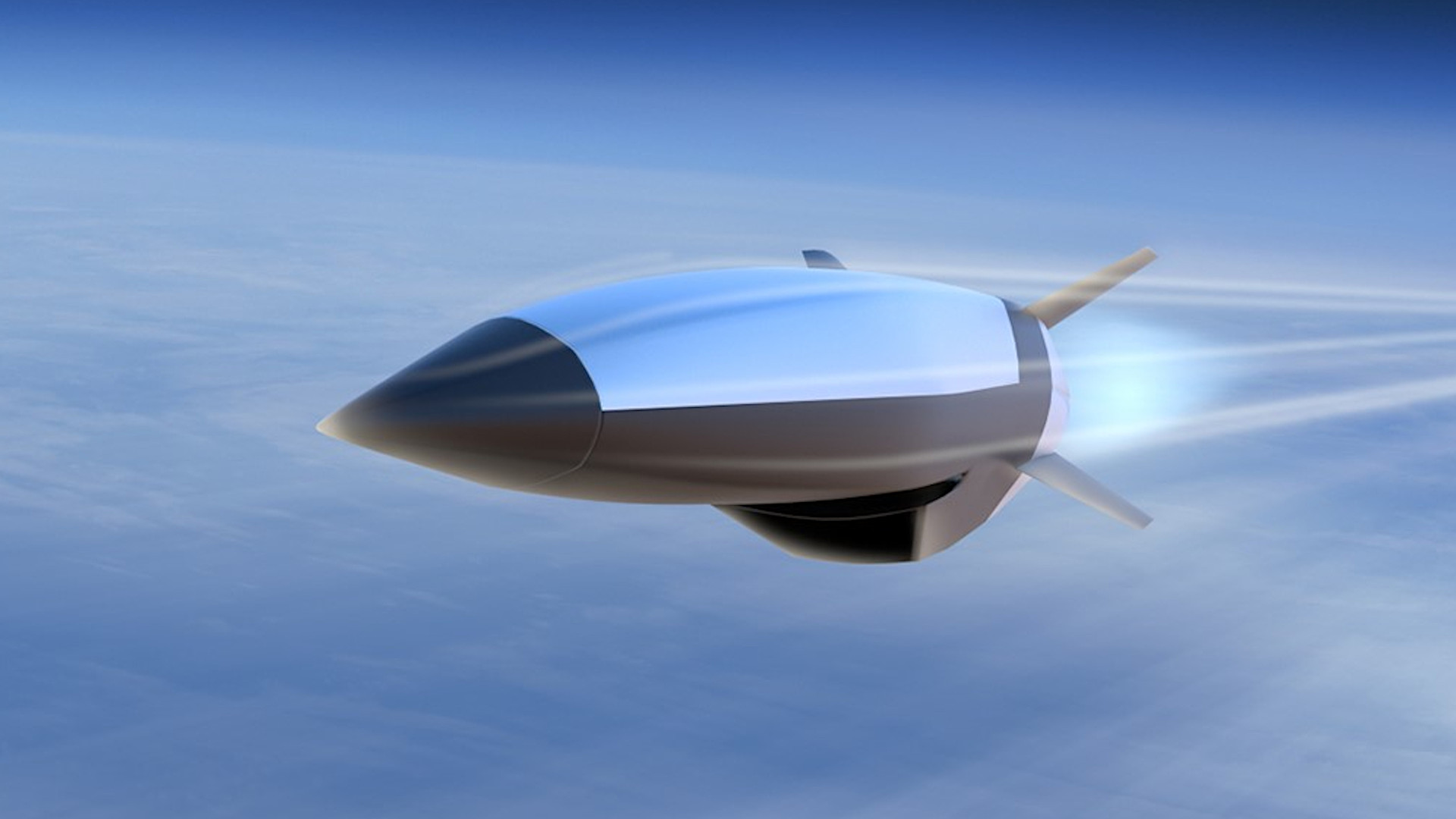
“The initial contracts to Raytheon and Lockheed Martin will provide technical maturation and development through preliminary design review of the propulsion system required for a carrier suitable hypersonic weapon system,” according to a NAVAIR press release. “The contract period of performance for each award will end in December 2024 with each company’s preliminary design review working towards a prototype flight test.”
The Navy received nearly 151.9 million for this program, which is officially called Hypersonic Air-Launched Offensive Anti-Surface Warfare, or HALO, in its Fiscal Year 2023 budget. It is asking for almost $95.8 million more in its budget request for the upcoming 2024 Fiscal Year for this program, which is also known as the Offensive Anti-Surface Warfare (OASuW) Increment 2. OASuW Increment 1 is the subsonic, stealthy Lockheed Martin AGM-158C Long-Range Anti-Ship Missile (LRASM), a derivative of the AGM-158 Joint Air-to-Surface Standoff Missile (JASSM).

The Navy’s 2024 Fiscal Year budget request says that the service’s program goals for that period are to continue “the maturation of the critical technologies and prototyping efforts culminating in Technical Review 2 (TR#2).” It further explains that “TR#2 is a technical assessment ensuring the physically allocated baseline will be operationally effective.”
The Navy’s budget documents also say that the service is aiming for an initial flight test in Fiscal Year 2026 and that, “in order to counter the evolving near-peer threat capability, OASuW Inc 2/HALO is required to be fielded in FY 2029.” Interestingly, last year, the service said that the goal was to field HALO in Fiscal Year 2028. It is unclear what may have caused this schedule shift.
There do not appear to be any specific details readily available about the hypersonic designs that Lockheed Martin or Raytheon has proposed for HALO. Hypersonic speed is generally defined as anything above Mach 5.
However, both companies conducted multiple flight tests of experimental hypersonic cruise missile designs as part of the Defense Advanced Research Projects Agency’s (DARPA) Hypersonic Airbreathing Weapon Concept (HAWC) program. Raytheon participated in HAWC in partnership with Northrop Grumman.
Information about the Lockheed Martin and Raytheon-Northrop Grumman HAWC designs is also limited. Artist’s conceptions indicate they both had very broadly similar configurations consisting of a core missile section powered by an advanced scramjet engine with a rocket booster attached to its tail end. Scramjets only work effectively at very high speeds and air vehicles that use them typically require some kind of booster to accelerate them initially.
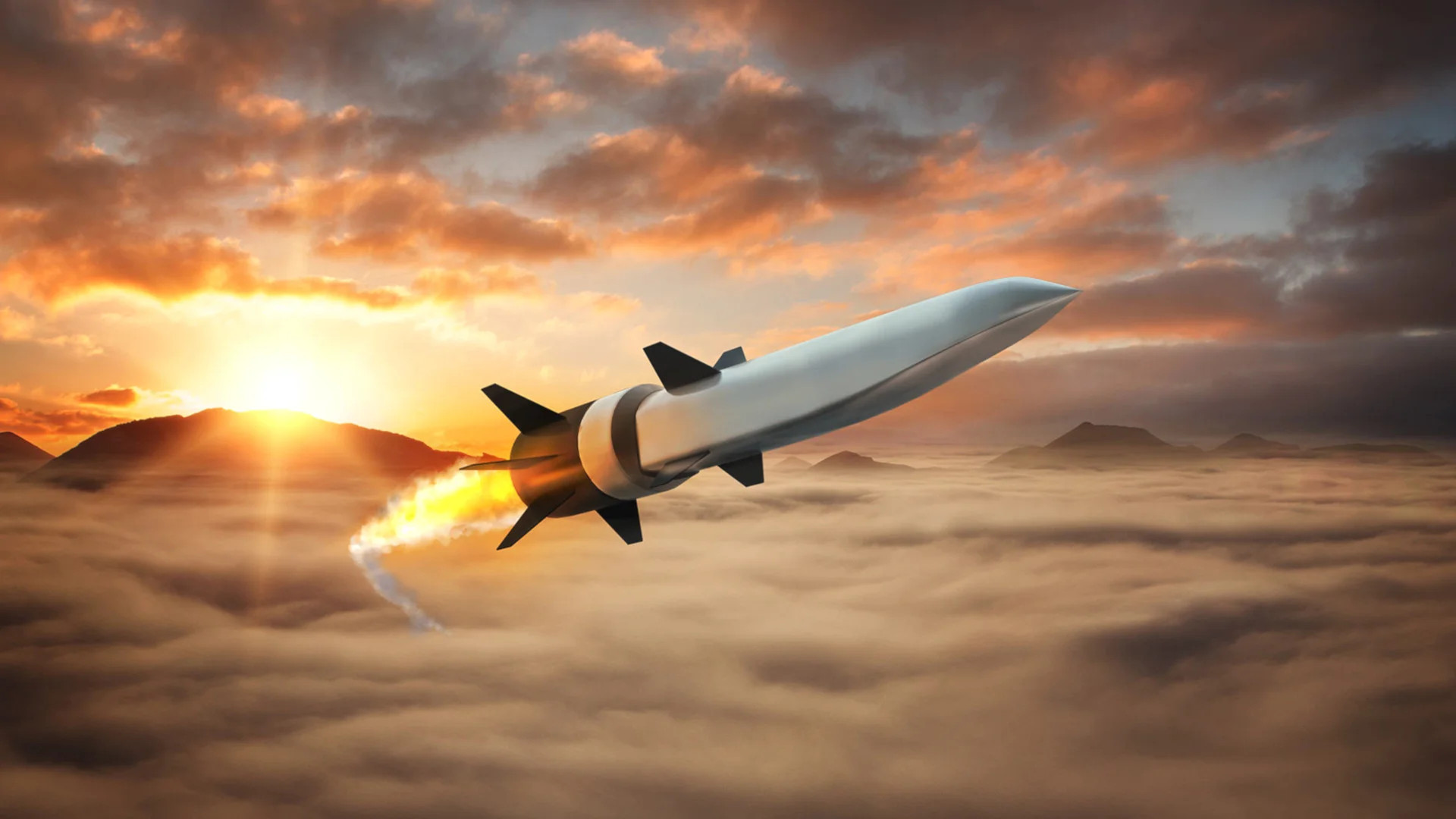
The Raytheon-Northrop Grumman concept, at least, appeared to also have a so-called ‘waverider’ configuration designed to “skip” on the shockwaves generated during high-speed flight to help provide additional lift.
It is also unclear what launch platforms the Navy is looking to integrate HALO onto, beyond that they have to be able to operate from its aircraft carriers. Other Navy air-launched hypersonic cruise missile programs in the past have generally focused on employment from the F/A-18E/F Super Hornet, which could be due to how large the weapons are expected to be. Lockheed Martin has previously showed artwork depicting an F-35C Joint Strike Fighter carrying a derivative of its HAWC design externally, which would negatively impact the jet’s stealthiness. All F-35s are designed to carry weapons internally in their most stealthy configurations, but those bays, which are not the same size across all of the variants, have significant size constraints, as you can read more about here.
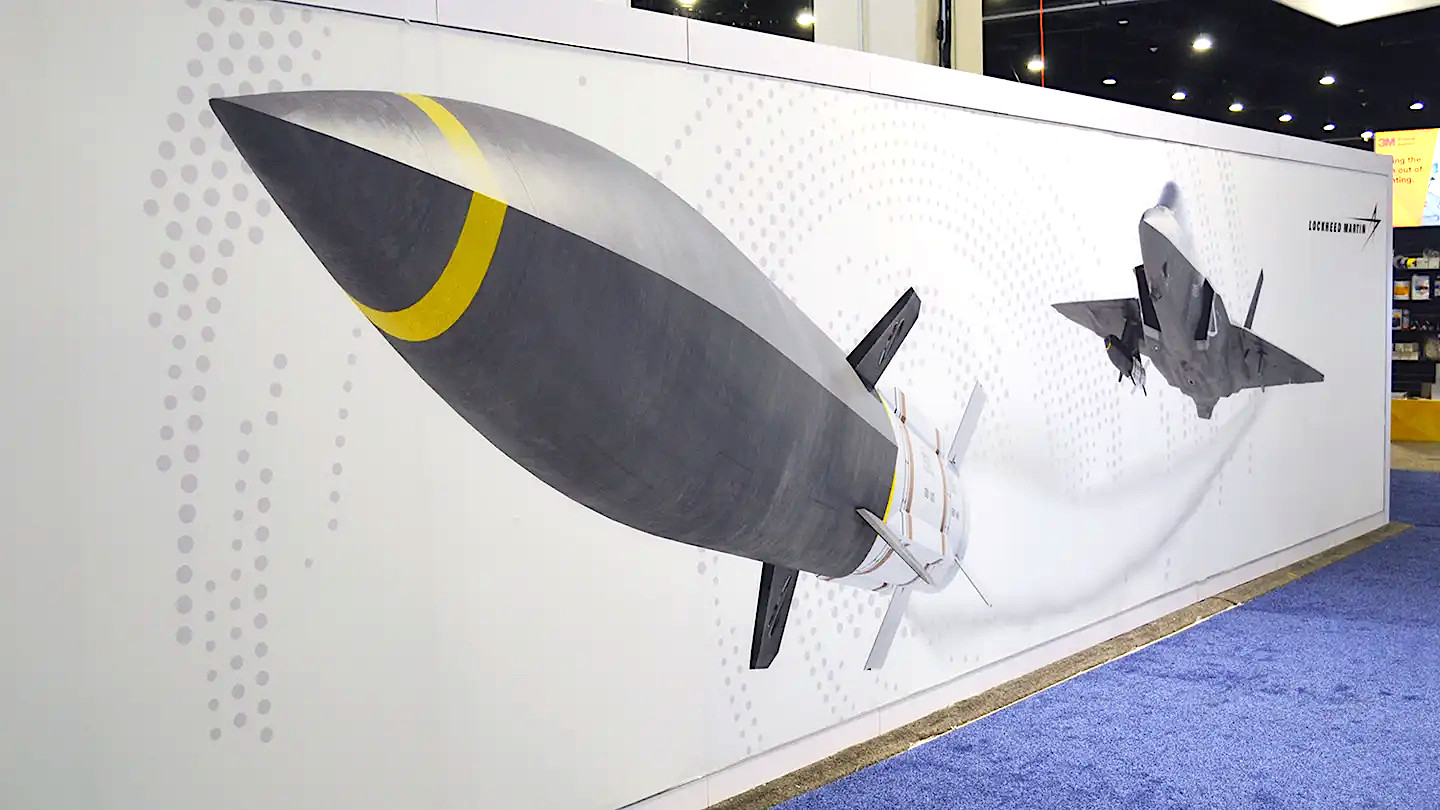
Regardless, the Navy is clearly seeking an air-launched anti-ship missile that is faster-flying, has greater range, and is otherwise more capable than the existing LRASM. Modern anti-ship cruise missiles, especially those capable of flying at supersonic speeds and with significant degrees of maneuverability, already present significant threats. When employed in large groups, they can be particularly difficult for a defender to try to intercept or otherwise protect against.
A hypersonic cruise missile adds extreme speed to that equation, making it even harder for opponents to defend themselves or otherwise complicate the weapon’s terminal targeting. That speed would also allow for increased capability against time-sensitive targets, including ones that present immediate threats to friendly assets.
Russia claims to have already fielded some numbers of Zircon hypersonic sea-launched anti-ship cruise missiles on one ship, the Project 22350 frigate, the Admiral Gorshkov, while China is pursuing the development of similar weapons.
In addition, while the primary focus of HALO is engaging enemy warships, it is possible, if not probable that it will have some secondary capability to engage targets ashore. The Navy is separately pursuing an extended range and otherwise improved variant of the AGM-158C, now called the AGM-158C-3 or LRASM-ER, that is expected to also incorporate additional capability against land-based threats. In its press release regarding the HALO contracts, NAVAIR said that AGM-158C-3 will help “bridge the gap until HALO is operational.”
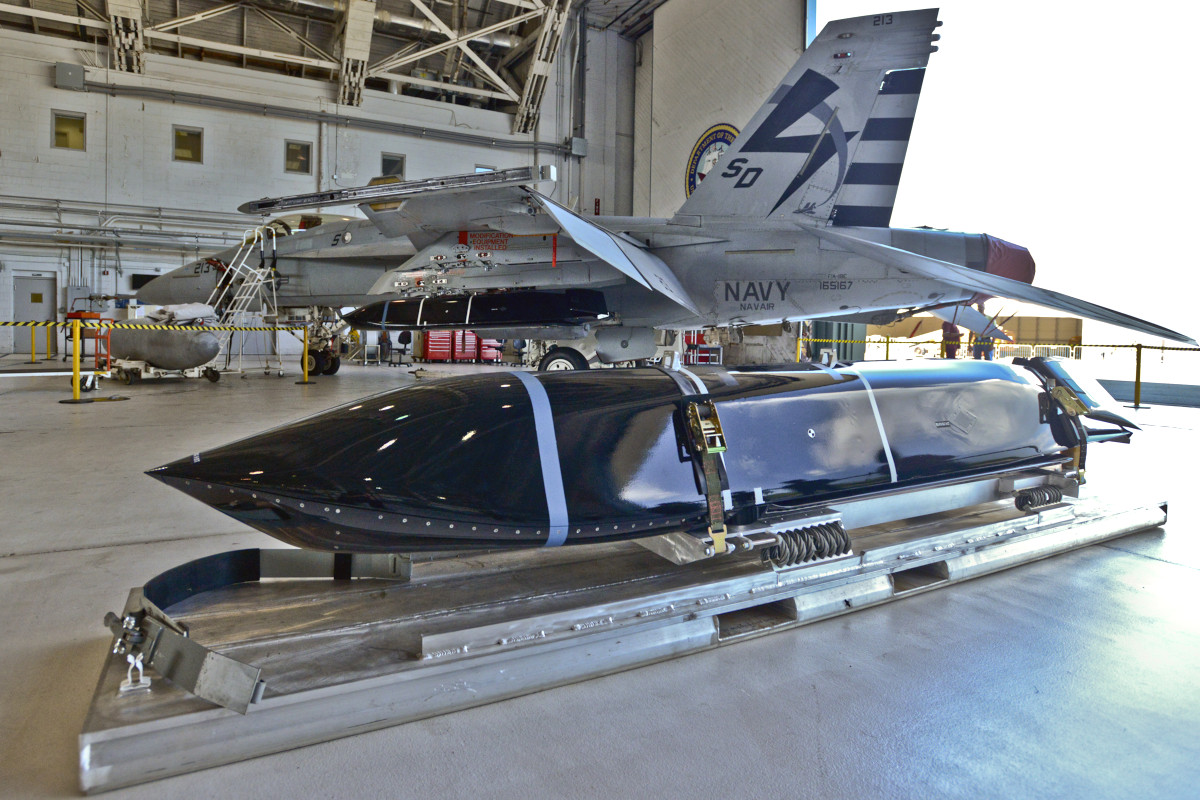
The Navy is hardly the only branch of the U.S. military seeking air-breathing missiles capable of flying at hypersonic or at least high-supersonic speeds. Raytheon, again in partnership with Northrop Grumman, notably won the Air Force’s Hypersonic Attack Cruise Missile (HACM) competition in September 2022. HACM is a direct follow-on to HAWC that is seeking to craft a hypersonic cruise missile that will hopefully start being fielded in 2027.
Hypersonic weapons, broadly, including multiple unpowered hypersonic boost-glide vehicle designs, are now in development across the U.S. military, as well. The Air Force’s AGM-183 Air-launched Rapid Response Weapon (ARRW) program, which is pursuing an air-launched weapon with a boost-glide vehicle payload, did just recently suffer another test failure. The service says it is more committed to HACM at this juncture, though it has not formally decided to cancel ARRW yet. ARRW had suffered a number of failures at the beginning of its flight test program, but things had seemed to be improving more recently before the latest news.
The means to support these various hypersonic development projects, including new test infrastructure, has become another major area of focus within the U.S. military.
With regards to the Navy’s HALO program, “as threat capability continues to advance, additional range, warfare capability and capacity is required to address the more demanding threat environment,” Capt. Richard Gensley, the program manager for NAVAIR’s Precision Strike Weapons office, or PMA-201, said in a statement today. “Our team is leveraging science and technology and rapid prototyping arenas to support aggressive schedule execution.”
Altogether, while details about the Navy’s more specific requirements for HALO remain unknown, it is clear the service sees this as a critical capability that it has to have before the end of the decade.
Contact the author: joe@thedrive.com
